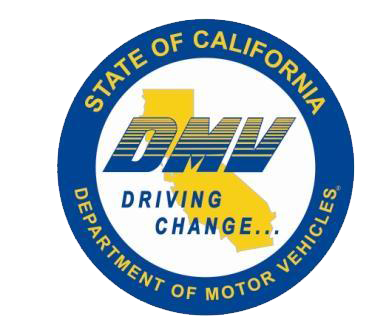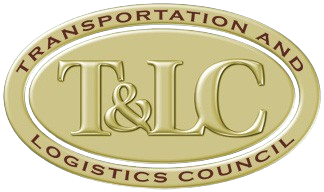The UCR Board Updates the CMV Definition for 2022
In advance of the 2022 Unified Carrier Registration filing window, the UCR Board made an announcement recently: they’ve updated the definition of what qualifies as a Commercial Motor Vehicle – and refined exactly who needs a UCR to operate legally in interstate commerce.
What Does the New Definition Say?
All commercial motor vehicles that operate in interstate commerce are required to have a valid Unified Carrier Registration. But what qualifies as a commercial motor vehicle? Here is how the UCR Board defines it – as well as what has changed:
- The vehicle has a gross vehicle weight rating or gross vehicle weight of at least 10,001 pounds—whichever is greater. The UCR Board has also added that eligible vehicles include those with connected trailing equipment having a gross combination weight rating or gross combination weight of at least 10,001 pounds, whichever is greater.
- The vehicle carries placarded amounts of hazardous materials, regardless of vehicle weight.
- The vehicle is designed to carry more than 10 passengers. The UCR Board has added that the driver is included in this number.
While these changes might not be hugely significant, it’s important for carriers and drivers to know that whether or not they needed a UCR in the past, they should ensure that the new definitions don’t now make them liable. Otherwise, they could be found non-compliant and subject to fines, violations, and vehicle detainment.
What Exactly is the UCR?
The Unified Carrier Registration (UCR) is a state revenue-sharing program and interstate compact established by federal law in 2005 that requires all operators of commercial vehicles who are involved in interstate and international travel to register and pay annual fees.
Fees collected through the UCR program are used to fund the enforcement of safety and compliance programs throughout the country.
Companies who make arrangements for the shipment of goods, such as brokers, freight forwarders and leasing companies, are subject to UCR payments—as is any company with a federal MC number.
When is UCR Filing Due?
Carriers must file their UCR for the upcoming year no later than December 31 of the preceding year. So, for 2022, payments must be made no later than December 31, 2021.
Filing opens in the fall, with payment amounts based on the size of a carrier’s fleet. It’s important to note: Leased vehicles under a carrier’s DOT number are also their responsibility.
If you don’t file your annual UCR, and your drivers are caught moving freight over state lines, enforcement officials could detain your vehicles, and you could be required to pay additional fines and penalties—which, depending on the state, can be as high as $5,000 for first-time offenders.
Is your UCR registration ready to carry you into 2022?
Content Disclaimer: Due to the constantly changing nature of government regulations, it is impossible to guarantee the total and absolute accuracy of the material contained herein or presented. NorthAmerican Transportation Association (NTA) cannot and does not assume any responsibility for omissions, errors, misprinting or ambiguity contained. NTA shall not be held liable in any degree for any loss, damage or injury caused by any such omission, error, misprinting or ambiguity present. It is made available with the understanding that NTA is not engaged in rendering legal, accounting or other professional service. If legal advice or other expert service is required, the services of such a professional should be sought.











